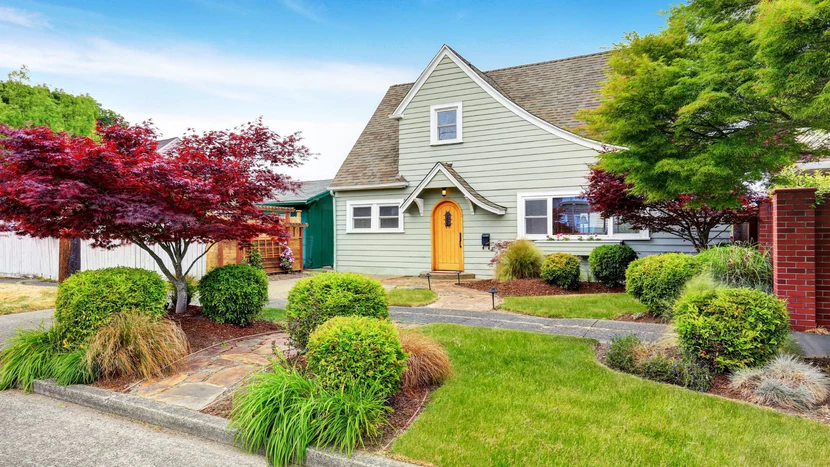


Adding new trees to your landscape is one of the most rewarding ways to enhance curb appeal, provide shade, and increase property value. But choosing the wrong tree for your space can lead to maintenance headaches, poor growth, or even structural damage. Whether you're designing a new landscape or adding to an existing one, here are key factors to consider when selecting the right trees for your yard.
That sapling might look manageable now—but in 10 or 20 years, it could dominate your yard or crowd out other plants. Understanding a tree’s mature height and canopy width is essential to ensuring it fits the space long-term.
Tip:
Different tree species have different light and soil needs. Some thrive in full sun, while others prefer partial shade. Similarly, some species love moist, well-drained soil, while others tolerate dry or clay-heavy conditions.
Tip:
Why are you planting the tree? Shade? Privacy? Color? Wildlife habitat? Consider your long-term landscape goals to guide your selection.
Tree types based on common goals:
Choosing native or regionally adapted trees will reduce the risk of failure. Native trees are already suited to local climate and soil conditions and require less water and fertilizer once established.
Tip:
Some trees may look attractive but are prone to disease, structural weakness, or root problems that damage foundations and plumbing. Others may be invasive and spread rapidly, choking out native plants.
Examples to avoid in residential areas:
Check for power lines, septic systems, walkways, and patios nearby. Roots can spread wide and deep, and can interfere with underground utilities or cause cracks in hardscapes.
Tip:
Choose trees that provide beauty year-round. Some offer brilliant fall colors, while others bloom in spring or maintain green foliage throughout winter.
Great seasonal picks:
Tree installation is more than just digging a hole and placing a sapling. The health and success of your new tree depend on proper planting techniques, soil preparation, and follow-up care.
Tip:
Let a professional like Salas Services handle your tree installation for expert results and lasting beauty.

Here are the most common questions client’s usually have for us. Still have more questions? Contact Us.
Yes, we offer emergency tree removal services for situations such as storm damage, fallen trees, or hazardous trees posing an immediate risk. Contact us at [phone number] as soon as possible in case of emergencies, and our team will prioritize your situation.
We can assist you with the process of obtaining permits for tree removal, if required. The need for permits varies based on local regulations and tree preservation ordinances. Our team will guide you through the necessary steps and provide any documentation or information needed for the permit application.
While trees are generally low-maintenance, certain signs indicate the need for professional intervention. Watch out for symptoms such as extensive dead or dying branches, sudden leaf loss, significant pest infestation, leaning or unstable tree structure, or visible signs of disease or decay. If you notice any of these issues, it's best to consult with our skilled arborists.
Several signs indicate that a tree may need to be removed, including significant structural damage, extensive disease or pest infestation, severe leaning, extensive root damage, or proximity to power lines or structures. Our professional arborists can assess the tree's health and safety to determine if removal is necessary.
The frequency of tree trimming or pruning depends on various factors such as tree species, age, and overall health. As a general guideline, it is recommended to have trees pruned every 3-5 years to maintain their shape, promote healthy growth, and remove any hazardous or dead branches.
The ideal time to plant new trees depends on the tree species and climate. In general, spring and fall are the preferred seasons for tree planting as the weather conditions are more favorable for root establishment. However, it's best to consult with our experts who can provide guidance based on your specific location and tree species.

Can’t find the answer you’re looking for? Please chat with our friendly team.



